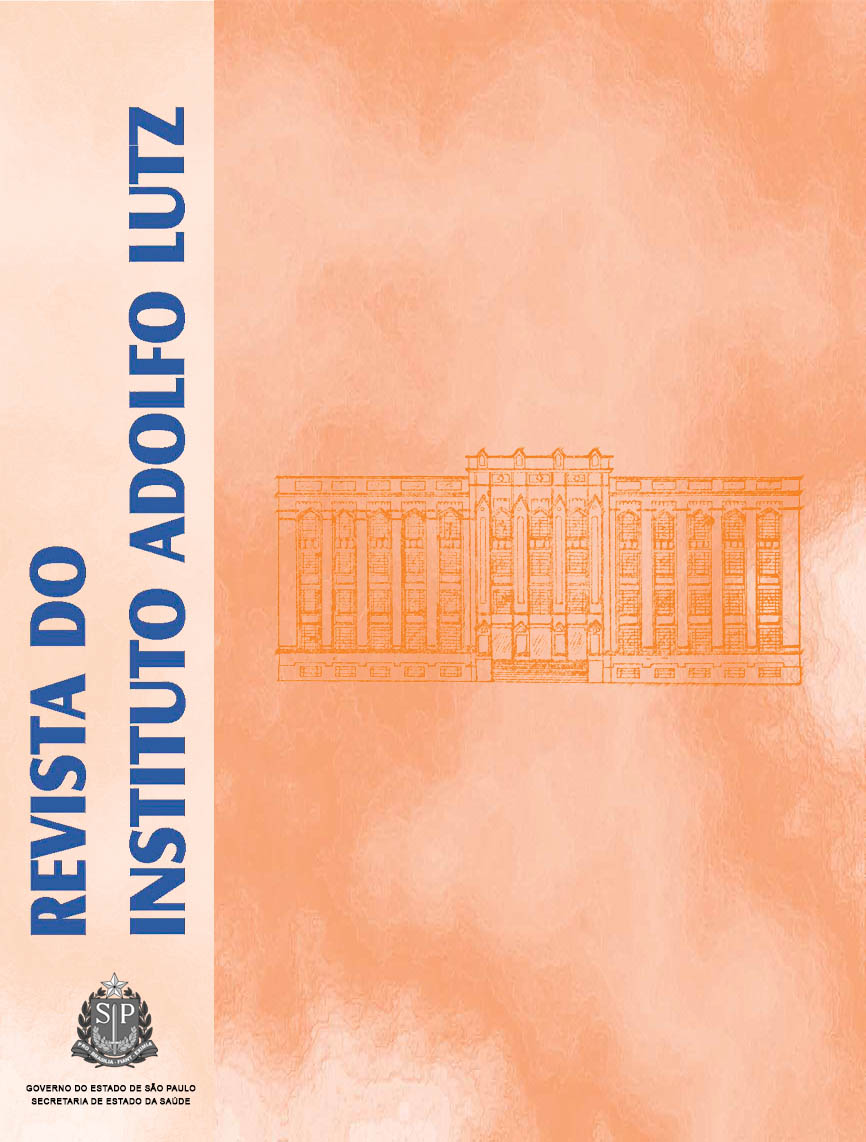Abstract
The microscopic methods for detecting Cryptosporidium and Giardia are expensive, and a variable reproducibility and a low recovery are found. Nevertheless, a rigorous technical standardization and a quality control in the recovery testing give support to use them for analyzing the environmental samples. This study determined the sensitivity of ELISA for analyzing Giardia spp. and Cryptosporidium spp. in raw water samples. Also, it was investigated whether this assay could be used as a screening test for detecting Giardia cysts and Cryptosporidium oocysts in raw water samples; and to deduce the potential transmission of giardiasis and cryptosporidiosis from these specimens. The detection limits were high, being 98 cysts and 3.492 oocysts. Of the analyzed environmental samples, 20 % showed ELISA positive for Cryptosporidium spp., and none for Giardia spp.. Therefore, ELISA showed to be unsuitable to be used as screening assay, because in the environmental samples usually occur a lower numbers of oocysts and cysts than those regularly found in infected stool samples, for which these kits have been validated. Furthermore, the dilutions prepared from the stock solutions of cysts and oocysts in distilled water could have resulted in unfavorable reaction conditions, and it has affected the sensitivity of ELISA.
References
1. Franco RMB. Protozoários de veiculação hídrica: relevância em Saúde Pública. Rev Panam Infectol. 2007;9(4):36-43.
2. Carey CM, Lee H, Trevors JT. Biology, persistence and detection of Cryptosporidium parvum and Cryptosporidium hominisoocysts. Water Res. 2004;38:818-62.
3. Brasil. Ministério da Saúde. Portaria 2914, de 12 de dezembro de 2011. Dispõe sobre os procedimentos de controle e de vigilância da qualidade da água para consumo humano e seu padrão de potabilidade,Diário Oficial [da] República Federatica do Brasil, Brasília, DF, 14 Dez 2011. Seção I, p.39-46.
4. Siddons CA, Chapman PA, Rush BA. Evaluation of an enzyme immunoassay kit for detecting Cryptosporidium in feces and environmental samples. J Clin Pathol. 1992;45:479-82.
5. Cantusio Neto R. Ocorrência de oocistos de Cryptosporidiumspp. e cistos de Giardia spp. em diferentes pontos do processo de tratamento de água [dissertação de mestrado]. Campinas (SP): Universidade Estadual de Campinas; 2004.
6. Francy DS, Simmons OD, Ware MW, Granger EJ, Sobsey MD, Schaefer FW. Effects of seeding procedures and water quality on recovery of Cryptosporidium oocysts from stream water by using U.S. Environmental Protection Agency Method 1623. Appl Environm Microbiol. 2004;70(7):4118-28.
7. Sales TFSM. Detecção de enteroparasitas e organismos do zooplâncton em água de consumo humano: risco à saúde pública [dissertação de mestrado]. Recife (PE): Universidade Federal de Pernambuco; 2006.
8. Michel MY, Khalifa AM, Ibrahim JR. Detection of Cryptosporidium parvum antigen by co-agglutination test and ELISA. East Medit Health J. 2000;6(5/6):898-907.

This work is licensed under a Creative Commons Attribution 4.0 International License.
Copyright (c) 2013 Instituto Adolfo Lutz Journal
